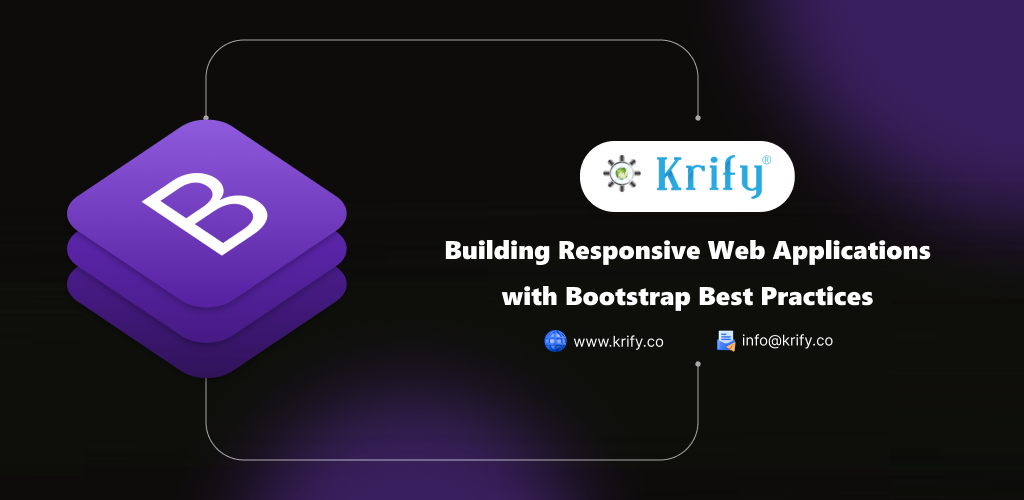In today’s mobile-first world, building responsive web applications is essential to ensure that users have a seamless experience across all devices. Bootstrap is a popular front-end framework that simplifies the process of creating responsive, mobile-friendly web applications. By following a few best practices, you can enhance both the performance and the responsiveness of your web applications. Let’s explore the best practices for building responsive web applications with Bootstrap.
1. Start with a Mobile-First Approach
When building a responsive web application, it’s important to adopt a mobile-first approach. Bootstrap is inherently mobile-first, meaning that it is designed to prioritize the mobile version of your website. Start by developing the layout for smaller screens and then progressively enhance it for larger devices.
2. Use Bootstrap’s Grid System Effectively
One of the most powerful features of Bootstrap is its 12-column grid system. It allows you to create flexible and responsive layouts. Utilize the grid system by dividing your content into rows and columns, and make use of Bootstrap’s responsive classes (e.g., .col-md, .col-lg, etc.) to adjust the layout based on the device’s screen size.
3. Optimize Media Queries
Media queries are a key component of responsive design. Bootstrap comes with predefined media queries that you can use to customize your layout for different screen sizes. However, you can further optimize your responsive web application by adding your own media queries to handle specific design requirements for various devices.
4. Leverage Bootstrap Components
Bootstrap offers a wide range of pre-built components like navigation bars, carousels, and models. These components are responsive out of the box and are easy to integrate into your web application. By using these components, you can ensure that your web application is not only responsive but also consistent in design.
5. Optimize Images for Responsiveness
Images can significantly impact the performance of your responsive web application. Use Bootstrap’s .img-fluid class to make images scale based on the size of the screen. Additionally, implement responsive images by using srcset to load different image sizes depending on the device’s resolution.
6. Use Flexbox for Layout Control
Bootstrap 4 and later versions are built on Flexbox, which allows you to create complex and flexible layouts. Flexbox simplifies the process of aligning and distributing elements within a container, ensuring that your layout adapts seamlessly across various screen sizes.
7. Minimize Custom CSS
While Bootstrap provides a wide range of default styling options, it’s important to minimize the amount of custom CSS you add to your project. Over-customizing can lead to bloated stylesheets and make your web application less responsive. Stick to Bootstrap’s built-in classes as much as possible to maintain optimal performance.
8. Test Across Multiple Devices
A key part of building a responsive web application is testing it across multiple devices and screen sizes. Use tools like Chrome DevTools or BrowserStack to simulate different device sizes and ensure that your application looks and functions well on all platforms.
Conclusion
Building responsive web applications with Bootstrap is a powerful way to create consistent, mobile-friendly designs. By following these best practices, including leveraging the grid system, using Flexbox, and optimizing images, you can ensure that your web application delivers a smooth user experience across all devices. Contact Us



